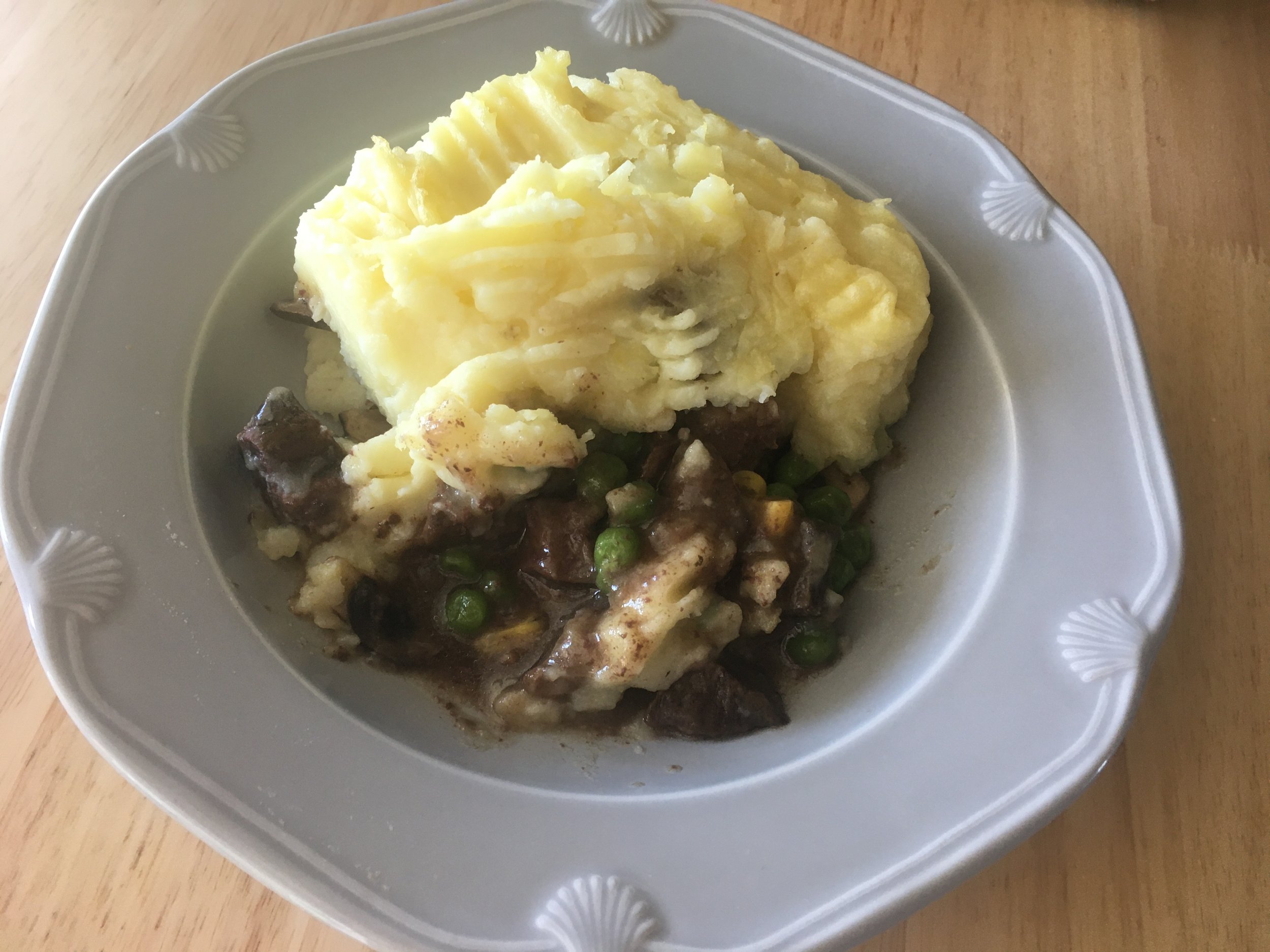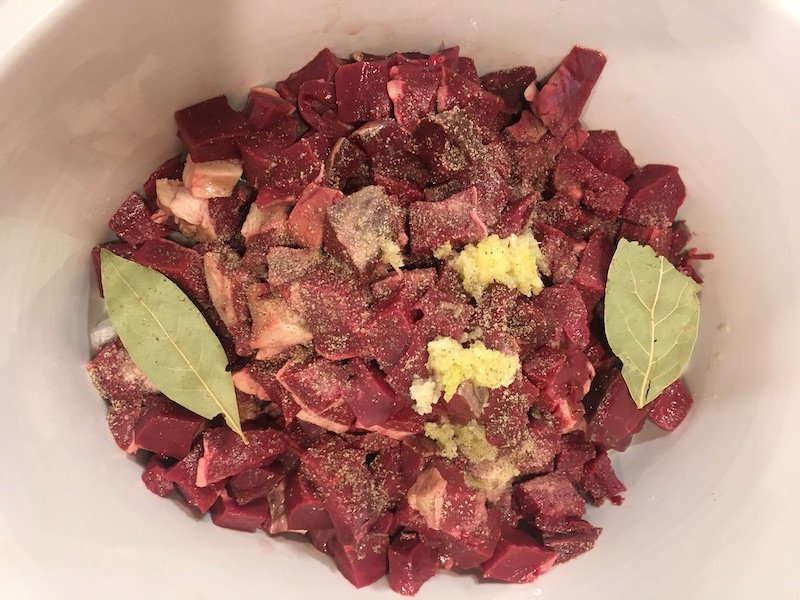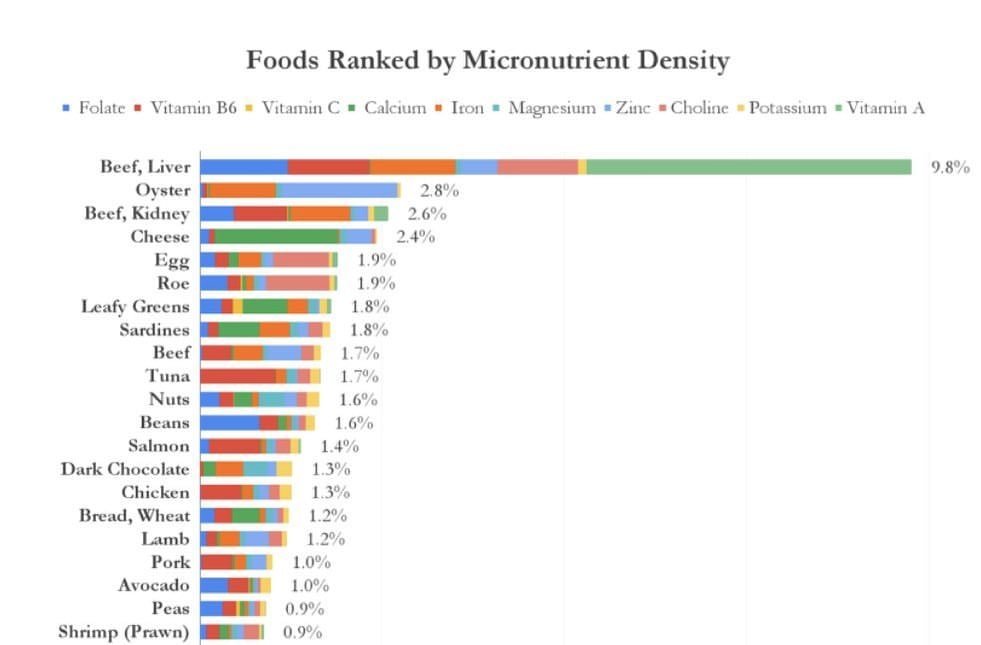Consuming processed foods is a real problem in the United States, especially when it comes to what our kids are eating. The latest research shows that children and adolescents aged 2-19 get a whopping 67% of their calories from ultra-processed, nutrient-poor foods.
Additionally, the 20 year study found:
“The greatest increase in calories came from ready-to-eat or ready-to-heat meals such as pizza, sandwiches and hamburgers, rising to 11.2% of calories from 2.2%. Packaged sweet snacks and treats such as cakes and ice cream were a runner-up, which made up 12.9% of calorie consumption in 2018, compared with 10.6% in 1999.”
We know processed food is a problem, and “avoid processed food” is common health advice for those seeking to lose weight or improve overall health. However, this advice may be too open to interpretation. What exactly is processed food? Which ones should we avoid? We’ve all heard to avoid added sugars, but what other ingredients are we consuming that have ill effects on our health?
Weston A. Price, a 20th century dentist, observed cultures without access to processed foods, and he determined that, as a consequence, these peoples had far superior health in comparison to modern Westerners. He traveled the globe and studied primitive cultures in an effort to restore knowledge lost in industrialized societies. The Weston A. Price Foundation (WAPF) is dedicated to educating people today about how to use traditional foods and therapies to heal from the diseases of modernity, using the diet of our pre-industrialized ancestors.
The WAPF has digested Price’s work and synthesized 11 principles to help guide our dietary choices. This article is the first in a series to address and add context to each of the principles. The first principle of the Weston A. Price Foundation’s “Principles of Traditional Diets” states:
“The diets of healthy, nonindustrialized peoples contain no refined or denatured foods or ingredients, such as refined sugar or high fructose corn syrup; white flour; canned foods; pasteurized, homogenized, skim or lowfat milk; refined or hydrogenated vegetable oils; protein powders; synthetic vitamins; or toxic additives and artificial colorings.”
It’s no surprise that “refined foods”, “sugar”, and “high fructose corn syrup” are among the first to be named, but many readers may be surprised to see “white flour”, “pasteurized, homogenized milk”, “protein powders”, and “vegetable oils” to make the naughty list. These ingredients are incredibly commonplace in the packaged food supply, and avoiding them requires extra care. However, it is certainly worth the hassle.
What is the impact of processed foods?
Processed foods are everywhere, and in our busy lifestyles, avoiding them can feel challenging because many of our favorite convenience foods can be classified as “ultra-processed”. The impact of processed foods cannot be overstated.
Heavily processed foods have been shown to:
Be addictive
Raise LDL cholesterol
Raise blood pressure
Contribute to obesity
Increase risk of cancer and death
Increase risk of depression and mental health disorders
Contribute to behavioral and attention problems in children
Benefits of Avoiding Processed Foods:
Cut empty calories
Have fewer acute illnesses and colds
Have fewer days off from work
Lower risk for chronic disease
Room for more nutrient dense food in diet
Enjoy simple, natural flavors
Live longer
Avoid artificial ingredients
Types of Processed Foods
There is a spectrum of processing when it comes to the term “processed foods”. Some foods must be processed for us to properly eat them, such as cleaning, chopping, peeling, soaking, cooking, and grinding. Many foods, usually deemed “snack foods” like cookies, cakes, sodas, and chips are obviously processed, and most health-conscious folks know to avoid them.
Other common foods that are processed but not considered “processed foods” include milk and seed oils.
Ultra-processed foods:
Cookies
Cakes
Most snack foods
Sodas
Chips
Hydrogenated oils and spreads
Pizza
Processed foods:
Milk (pasteurization, homogenization, skimming fat)
Seed oils
Bread and bread products (muffins, tortillas, etc.)
Microwave / ready meals
Breakfast cereals
Processed meats like lunch meats, sausages, bacon, and salami
Ultra-processed foods include many of our favorite foods. They’re our favorites because they are quite literally engineered to be addictive.
Menace of Our Food Supply: Industrial Seed Oils
As Americans. we’ve not been warned enough about the dangers of consuming industrial seed oils. Seed oils, called the “hateful eight”, include soybean oil, canola oil, corn oil, cottonseed oil, safflower oil, sunflower oil, grapeseed oil, and rice bran oil. These oils are used in most processed foods because they are cheap, tasteless, and have a long shelf life.
A quick scan of food labels in your pantry and their ubiquity will surprise you.
Soybean oil and canola oil are the most commonly used seed oils in processed foods, and rice bran oil is most frequently used in restaurants. Seed oils are dangerous because the extraction, deodorizing, and bleaching process requires a significant amount of heat that causes the oil to become oxidized, creating dangerous free radicals and other byproducts that are harmful to human health.
Seed oils are high in polyunsaturated fatty acids (PUFAs), which is known to overstimulate inflammatory processes in our bodies, increase LDL cholesterol, and contribute to the development of heart disease.
Many seed oils, called “vegetable oils”, are promoted by the USDA’s nutrition guidelines for their heart healthy omega-3 fatty acids and their low saturated fat content. However, seed oils have not been in the human diet for very long. Traditionally, fats have included butter and ghee, tallow (beef fat), lard (pork fat), coconut oil, and olive oil.
This “How It’s Made” video shows the lengthy industrial process required to produce canola oil. The seed is ground up, heated, extracted, and the final oil is bleached and deodorized to remove smell and taste. In contrast, making butter involves milking a cow and churning cream or making tallow requires melting and straining beef fat. The simplicity of the traditional fat is intuitively more aligned with the design of nature than the engineered oil.
Finally, heating seed oils during cooking produces trans fats and lipid peroxides. Trans fats are famous for being a major culprit contributing to heart disease, and lipid peroxides are a byproduct that damage DNA and cellular membranes, creating an environment for inflammation and chronic disease.
How to Use Traditional Fats
Saint John’s cows hard at work transforming hay into conjugated linoleic acid!
Processed foods and industrial seed oils are problematic foods, and making them a part of our regular diet has consequences we simply can’t ignore. Here’s what we can do instead.
Grass fed tallow is a nutrient-rich fat that is wonderful to cook with because it doesn’t oxidize at high cooking temperatures.
Tallow made from grass fed beef fat is:
A rich source of anti-inflammatory conjugated linoleic acid (an omega-3 fatty acid)
Abundant source of minerals
Excellent source of vitamins A, D, E, K, and B12
Tallow is great of cooking by sauteing, frying, and your cast iron skillets will love it! It’s also wonderful applied topically to the skin. Check out our guide to rendering tallow from our organic, grass fed beef fat.
Switching most of our diet to whole, unprocessed foods is a radical step every person can take toward feeling fullness of vitality and lengthening and improving their lives. Starting with traditional fats like tallow is an excellent starting point in nourishing ourselves!





































